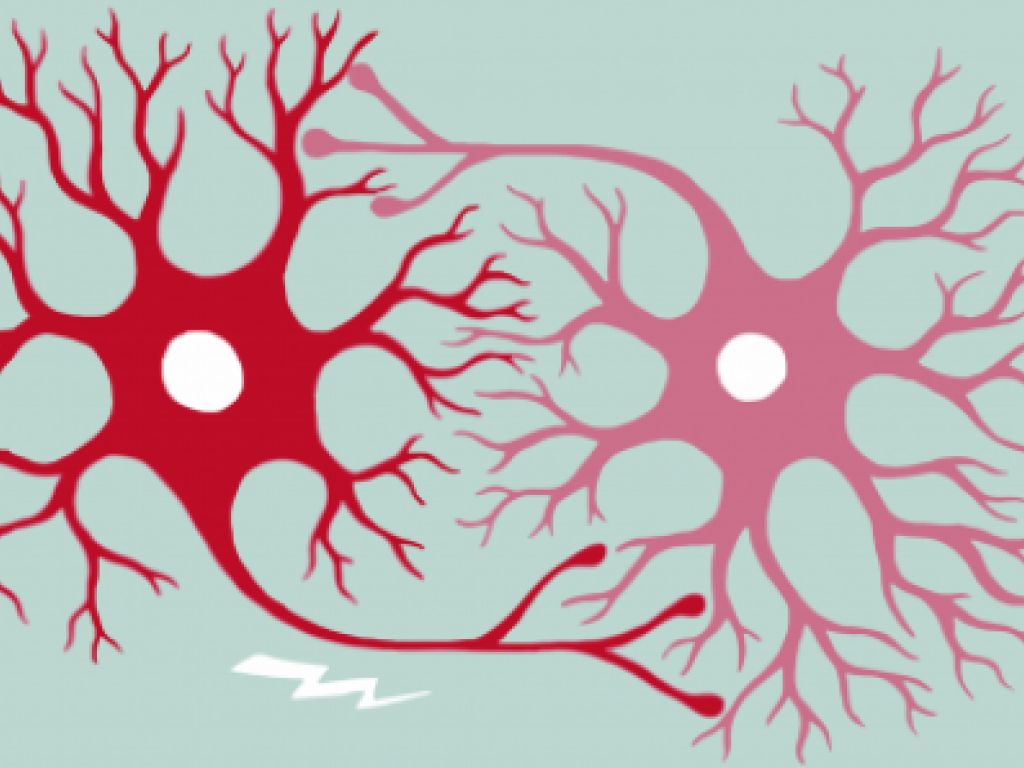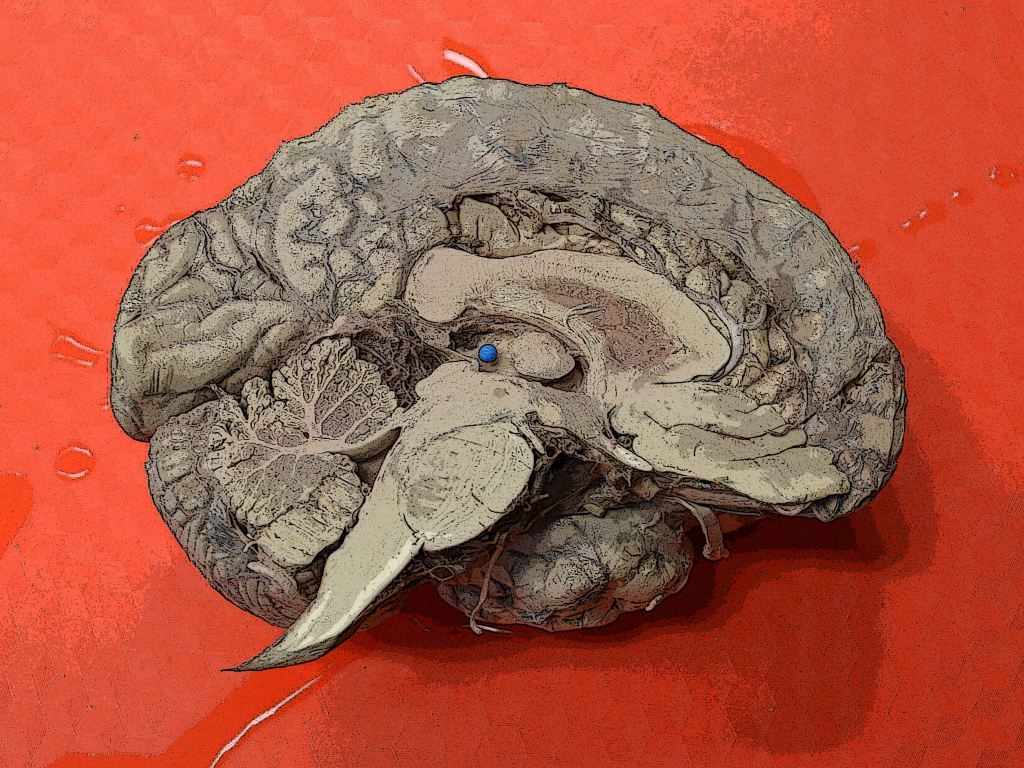Fundamentals of Neuroscience, Part 1: The Electrical Properties of the Neuron
Description
Fundamentals of Neuroscience is a three-courseseries that explores the structure and function of the nervous system—from the inner workings of a single nerve cell to the staggering complexity of the brain and the social interactions they enable.
In this first course, you'll learn how individual neurons use electricity to transmit information. You'll build a neuron, piece by piece, using interactive simulations, then travel around Harvard's campus, where you'll see the inner workings of a lab and learn how to conduct DIY neuroscience experiments on your own.
Join us as we study the electrical properties in individual neurons, building a foundation for understanding the function of the entire nervous system.
Tags
Syllabus
Lesson1: The Resting Potential The nervous system functions by sending electrical signals between neurons. To begin our study of the nervous system, we will focus on a single neuron 'at rest,' which has an electrical potential across its membrane. We will understand the ionic basis underlying this electrical potential, and how to calculate it ourselves.
Lesson 2: Passive Membrane Properties Electrical signals between neurons can be sent through changes in their membrane potentials. In order to more deeply understand these electrical signals, we will first study the electrical properties of the neuron itself. We will examine the resistive and capacitive properties of the neuron, how these properties arise from biological factors, and how these properties influence how a neuron responds to electrical signals.
Lesson3: Action Potentials In this lesson we will investigate one of the fundamental ways that neurons send electrical signals, through an all-or-nothing process called the action potential. The action potential is generated by the precise opening and closing of voltage-gated channels that cause specific changes to the neuron's membrane potential. We'll develop an in-depth understanding of the mechanisms of these channels and the ionic currents behind the action potential.
Lesson 4: Action Potential Propagation Neurons send electrical signals through action potentials moving down their axons. In order to further develop our understanding of the way neurons generate and send electrical signals, we will integrate our knowledge of the electrical properties of the neuron and the action potential itself. This will allos us to understand how the nervous system has solved the problem of fast and reliable communication.
Lesson 5: DIY Labs Seeing or measuring something with your own hands is often the best way to learn! We've spent a lot of time discussing the electrical properties of neurons, and along the way you've seen many different demonstrations. You can perform some of these experiments, as well as others we haven't shown yet, yourself, using an inexpensive piece of equipment known as a SpikerBox.

Fundamentals of Neuroscience, Part 1: The Electrical Properties of the Neuron
-
TypeOnline Course
-
Provider
-
PricingFree to Audit
-
CertificatePaid certificate
Fundamentals of Neuroscience is a three-courseseries that explores the structure and function of the nervous system—from the inner workings of a single nerve cell to the staggering complexity of the brain and the social interactions they enable.
In this first course, you'll learn how individual neurons use electricity to transmit information. You'll build a neuron, piece by piece, using interactive simulations, then travel around Harvard's campus, where you'll see the inner workings of a lab and learn how to conduct DIY neuroscience experiments on your own.
Join us as we study the electrical properties in individual neurons, building a foundation for understanding the function of the entire nervous system.
Lesson1: The Resting Potential The nervous system functions by sending electrical signals between neurons. To begin our study of the nervous system, we will focus on a single neuron 'at rest,' which has an electrical potential across its membrane. We will understand the ionic basis underlying this electrical potential, and how to calculate it ourselves.
Lesson 2: Passive Membrane Properties Electrical signals between neurons can be sent through changes in their membrane potentials. In order to more deeply understand these electrical signals, we will first study the electrical properties of the neuron itself. We will examine the resistive and capacitive properties of the neuron, how these properties arise from biological factors, and how these properties influence how a neuron responds to electrical signals.
Lesson3: Action Potentials In this lesson we will investigate one of the fundamental ways that neurons send electrical signals, through an all-or-nothing process called the action potential. The action potential is generated by the precise opening and closing of voltage-gated channels that cause specific changes to the neuron's membrane potential. We'll develop an in-depth understanding of the mechanisms of these channels and the ionic currents behind the action potential.
Lesson 4: Action Potential Propagation Neurons send electrical signals through action potentials moving down their axons. In order to further develop our understanding of the way neurons generate and send electrical signals, we will integrate our knowledge of the electrical properties of the neuron and the action potential itself. This will allos us to understand how the nervous system has solved the problem of fast and reliable communication.
Lesson 5: DIY Labs Seeing or measuring something with your own hands is often the best way to learn! We've spent a lot of time discussing the electrical properties of neurons, and along the way you've seen many different demonstrations. You can perform some of these experiments, as well as others we haven't shown yet, yourself, using an inexpensive piece of equipment known as a SpikerBox.

 Online Course
Online Course 
 Free to Audit
Free to Audit  Paid certificate
Paid certificate 


